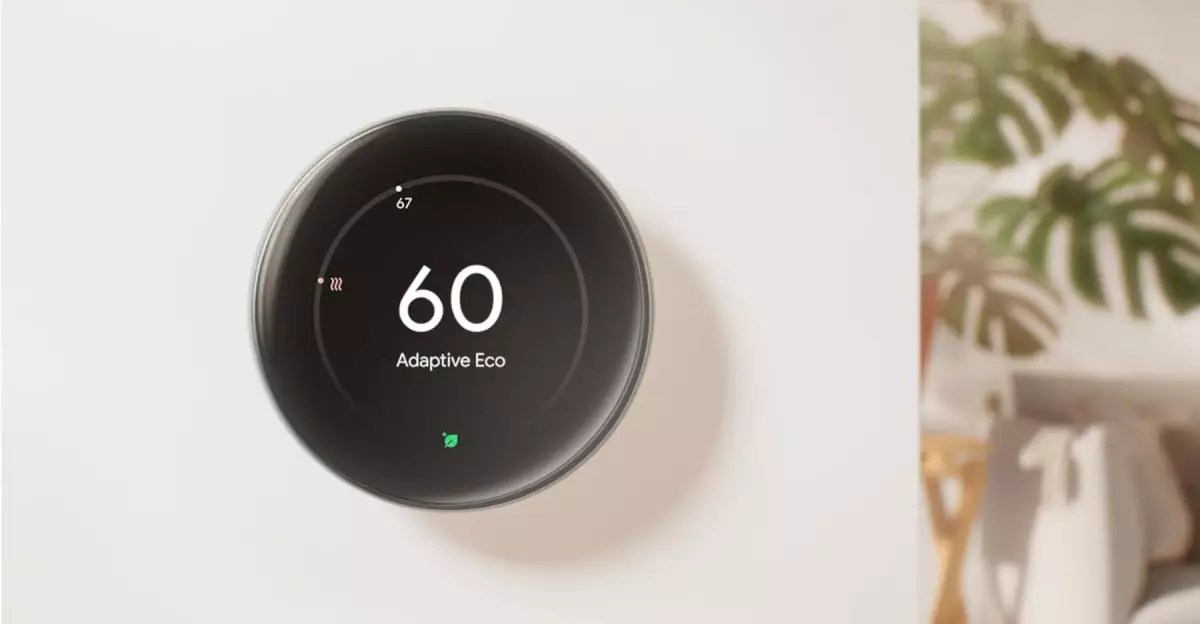The latest iteration of Google’s Nest Learning Thermostat emerges as a definitive upgrade in the realm of smart home technology. It’s not just an incremental improvement; it represents a meaningful leap toward integrating smarter climate control with user-centric design. Unlike its predecessors, this version boasts enhanced HVAC compatibility, a sleek aesthetic overhaul, and cutting-edge features that move beyond mere convenience to elevate the very experience of home management. In an era where device efficiency and seamless connectivity are paramount, this thermostat advances the bar significantly, positioning itself as an indispensable centerpiece in any modern smart home ecosystem.
The transformation begins with hardware refinement—moving away from bulky designs to a more refined, streamlined aesthetic. The sizeable, interface-rich display is a game-changer, offering clarity and more actionable information at a glance. With a 60% larger screen, homeowners are no longer limited to minimal data; instead, they can effortlessly view temperature, humidity, outdoor conditions, and personalized information, all beautifully presented. This not only enhances usability but also underscores Google’s commitment to marrying form with function, making the device not just smart but also visually appealing.
Unparalleled Compatibility and Integration
One of the standout features of this fourth-generation Nest thermostat is its expanded compatibility. It’s no longer confined to traditional installations that demand a C-wire—an often overlooked obstacle for many homeowners. This adaptability means a broader audience can now enjoy smart climate control without the hassle of extensive wiring modifications. Moreover, support for Matter—a universal smart home interoperability standard—ensures this device can seamlessly integrate with a wide array of platforms like Google Home, Apple HomeKit, Amazon Alexa, and Samsung SmartThings. This universality positions it as a unifying hub that can work harmoniously within diverse smart environments.
Such versatility goes beyond simple device control; it allows users to craft complex routines, automate comfort preferences, and integrate their thermostat into broader home automation schemes. Whether adjusting settings via voice commands or through dedicated apps, the thermostat’s robust compatibility makes it a flexible tool rather than a standalone gadget.
Intelligent Features That Redefine Comfort
Beyond aesthetics and compatibility, the Nest Learning Thermostat capitalizes on advanced sensors and software to create a truly intelligent climate system. Its Smart Scheduling feature learns your daily routines, gradually optimizing temperature adjustments to maximize comfort and efficiency. This proactive learning approach means the device adapts intuitively, reducing energy consumption while maintaining home comfort. The addition of the second-generation remote temperature sensor broadens this capacity, allowing homeowners to monitor and manage multiple zones—an essential feature in larger or multi-room homes.
Furthermore, the inclusion of a Soli radar sensor elevates the experience by detecting approaching individuals, enabling the thermostat to preemptively adjust or activate, adding a subtle level of anticipatory intelligence. This sensor’s subtle influence can mean waking up to just the right temperature or coming home to a perfectly climate-controlled environment—without manual intervention.
Financial Accessibility and Market Impact
Price-wise, the Nest Learning Thermostat is more accessible than ever, especially with aggressive promotional deals such as a Prime Day discount bringing it down to $218.99. Historically, high-tech devices like this can be prohibitively expensive, but Google’s pricing strategy here indicates a shift toward mass-market appeal. The affordability, combined with its comprehensive feature set, positions this thermostat as not only a luxury gadget but also a practical investment in energy efficiency and long-term savings.
Yet, what truly distinguishes this device is its role in shaping our conception of smart living. It exemplifies how efficiency, design, and intelligence should work in tandem—transforming a simple thermostat from a basic regulator into a dynamic partner in home management. This upgrade signals a clear direction: smart home technology is no longer optional or secondary; it’s foundational in creating a more adaptable, responsive living environment.
While there are still minor considerations—such as ensuring compatibility with existing HVAC systems—the overall package makes a compelling case that this thermostat isn’t just a gadget but a vital component of a thoughtfully engineered smart home. Its combination of hardware, software, and connectivity marks a new standard, one where technology truly enhances daily life in meaningful ways.

